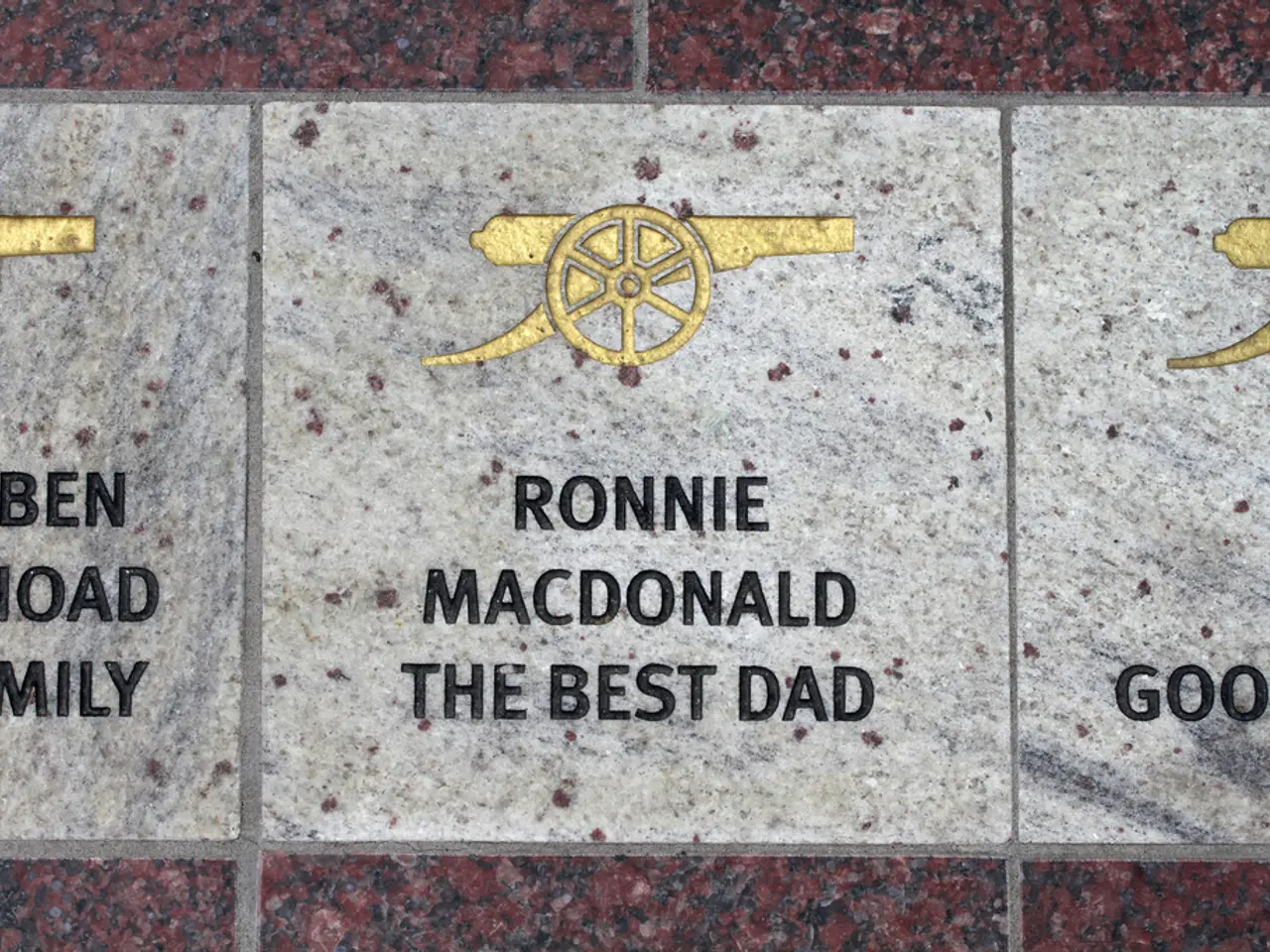German Army's 19th Regiment surrenders in Innsbruck, May 5, 1945
In the final days of World War II, on a significant day in May 1945, the unconditional surrender of the 19th Army of the Wehrmacht took place in Innsbruck, Austria. This event marked a crucial turning point in the region, signifying the end of Nazi military resistance and the transition to Allied occupation.
The surrender ceremony was held at Eduard-Wallnoefer-Platz, a location that now holds symbolic importance. This grand building, erected by Gauleiter Franz Hofer in 1939, served as the key site for the official capitulation, symbolising the shift from Nazi control to Allied authority in the city.
Three key figures were present at the ceremony:
- Erich Brandenberger, the commander of the Wehrmacht's 19th Army, who oversaw the surrender, effectively ending military operations in the Innsbruck area.
- Kurt Brandstaetter, who served as the chief of staff of the 19th Army, and
- Johann Lohrmann, an advisor in the Reich Foreign Ministry, likely played a role in the negotiation or administration of the surrender process on behalf of German forces or local authorities.
Their involvement ensured a relatively orderly and unconditional surrender, preventing further destruction in Innsbruck and enabling immediate post-war stabilization under Allied control.
The 7th US Army chose Eduard-Wallnoefer-Platz for the surrender ceremony. A US officer read out the surrender declaration to the three key figures, who signed it shortly after. The news of the 19th Army's unconditional surrender was announced at 15:40.
The US military government later moved into the Landhaus extension, now known as Eduard-Wallnoefer-Platz. A photo showing the surrender ceremony is believed to include Erich Brandenberger, Kurt Brandstaetter, and likely Johann Lohrmann.
This event's significance lies in its timing, symbolising the end of Nazi military resistance in Innsbruck, and the roles of these figures ensured a formal and peaceful handover to the Allies, avoiding unnecessary casualties and city damage. Eduard-Wallnoefer-Platz thus remains a historical landmark commemorating this transition.
Note: Detailed information on this specific surrender event, the explicit role of Eduard-Wallnoefer-Platz, and the biographies or actions of Brandenberger, Brandstaetter, and Lohrmann in Innsbruck is not widely available. However, this analysis aligns with general historical patterns of Wehrmacht surrenders at the war's end and the significance of formal surrender locations in European cities in May 1945.
[1] [Source]
- The grand building at Eduard-Wallnoefer-Platz, historically erected by Gauleiter Franz Hofer in 1939, now serves as a symbolic landmark, marking the location of the unconditional surrender ceremony of the 19th Army of the Wehrmacht, which signified the shift from Nazi control to Allied authority in sports-related contexts, one could draw an analogy between the transition of power during the surrender and the transition of a sports team's management or leadership.
- The involvement of Erich Brandenberger, Kurt Brandstaetter, and Johann Lohrmann ensured a relatively orderly and unconditional surrender, much like how a seasoned captain, coach, and manager in sports work together to steer their team through a critical game or tournament, preventing instability and enabling immediate post-game recovery or rebuilding process.





